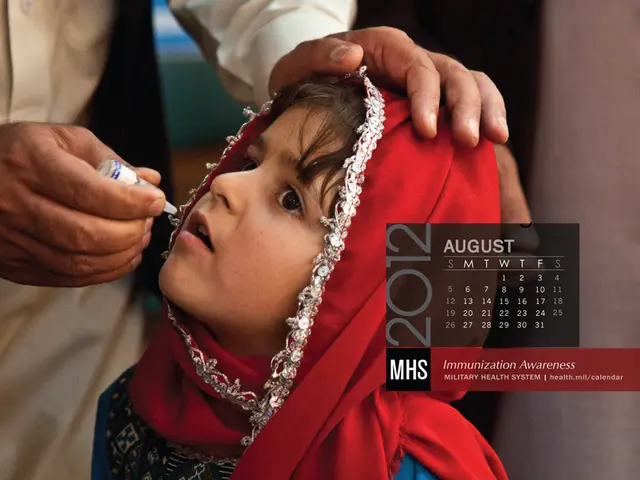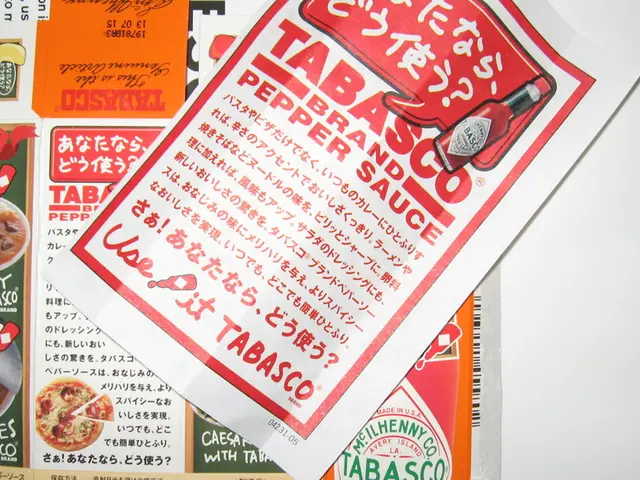Smartphones Offer Lifesaving Solutions for Users
In today's digital age, our smartphones have become more than just communication devices. They are now tools that can potentially save lives, thanks to the smartphone emergency medical identification (SEMID) feature. The Kessler Trauma Center, a leading institution in emergency care, is encouraging smartphone users to set up their SEMID to make critical medical information readily available to emergency care teams and first responders.
The Kessler Trauma Center has launched a public-facing campaign to increase awareness and usage of SEMID. For iPhone users, the Health app allows you to set up an emergency medical ID by tapping 'Get Started' or 'Edit', entering your information, adding emergency contacts, and toggling on 'Show When Locked' and 'Emergency Call'. On Android devices, you can view your medical ID from the lock screen by tapping 'Emergency Call', then 'View medical info'. The process may vary slightly by manufacturer, but the core steps are similar.
On Samsung Galaxy phones, for instance, you can set up a medical ID by opening settings, tapping 'Safety and Emergency', 'Medical info', entering medical information, toggling on 'Show on Lock Screen', and adding emergency contacts. Google Pixel and other Android devices have a similar setup.
The information stored in a medical ID can include identification, height/weight, age, allergies, medical history, current medications, blood type, and emergency contacts. This easy-to-access information can help identify patients and provide critical information to care teams, especially in cases where the patient is unresponsive or unable to communicate.
A recent study led by University of Rochester researchers found that the SEMID tool is useful in the care of trauma patients who were unable to provide medical information, with information being useful and relevant to patient care in 75% of cases. Strong Memorial Hospital in Rochester, NY, the only trauma center in the region, continuously trains and prepares to provide specialized medical services to patients with traumatic injuries.
Smartphone models can also detect falls or crashes and alert emergency services, keep track of hikes, and monitor vital health numbers. In addition, the Apple Watch has been used to capture key features of early, untreated Parkinson's disease.
The process of setting up an emergency medical ID is simple and can be completed within minutes, regardless of what smartphone you have. It's a small step that could potentially make a big difference in an emergency situation. So, why not take a few minutes today to set up your SEMID? It could be a decision that saves a life.
- The Kessler Trauma Center's public-facing campaign promotes the use of the smartphone emergency medical identification (SEMID) feature, encouraging users to set up their SEMID to provide critical medical information during emergency care.
- In a study led by University of Rochester researchers, it was found that the SEMID tool was useful in the care of trauma patients who were unable to provide medical information, with information being useful and relevant to patient care in 75% of cases.
- Technology advancements in smartphones and wearables, such as the Apple Watch, are not only used for health and wellness tracking but also for the early detection of medical conditions, such as Parkinson's disease, making them valuable tools in patient care.




